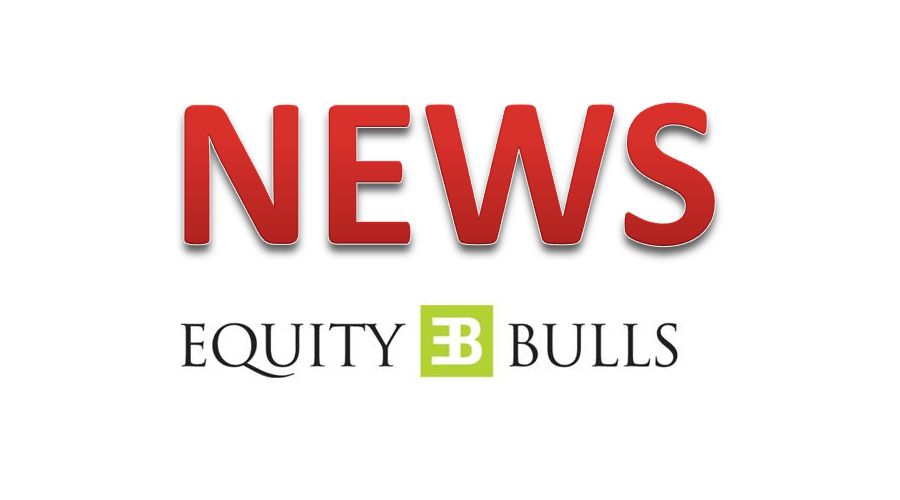 SeQuent Scientific and Viyash Lifesciences Receive NCLT Approval for Transformational Merger
SeQuent Scientific and Viyash Lifesciences Receive NCLT Approval for Transformational Merger NTPC Renewable Energy Ltd commissions 75.5 MW solar pv project
NTPC Renewable Energy Ltd commissions 75.5 MW solar pv project IT survey at Waaree Energies Ltd
IT survey at Waaree Energies Ltd Hazoor Multi Projects Ltd receives LOA from NHAI
Hazoor Multi Projects Ltd receives LOA from NHAI SIDBI and Bank of Baroda sign MoU to Strengthen Credit Delivery for MSMEs and Startups
SIDBI and Bank of Baroda sign MoU to Strengthen Credit Delivery for MSMEs and Startups
Research
Life Insurance Sector Thematic Report - ULIP vs. MF - HDFC Securities
Posted On : 2020-09-07 17:58:38( TIMEZONE : IST )

Mr. Madhukar Ladha, Institutional Research Analyst, HDFC Securities
Life insurers procure business by incurring high acquisition costs, which are expensed upfront. This depresses reported profitability, especially when the new business premium is growing. Given this accounting methodology, reported profitability of life insurers cannot be directly compared with that of asset managers. We have carried out a few adjustments to determine the true profitability of life insurers. Our analysis reveals that the profitability of life insurers (pre-tax ~45-90bps operating profit to AAUM) is higher than that of AMCs (23-40bps). Additionally, the profitability of life insurers has improved over FY17-20 as costs of acquisition of new AUM have reduced. Further, we estimate that the linked savings business has delivered RoICs between 7.7- 15.7% for FY20. This is significantly lower than the computed RoICs of asset managers HDFCAMC/NAM at 443.8/99.4%. We estimate linked savings business of life insurers would be valued between 9-12.7% of AUMs, contributing between 4.4-19.6% to TPs.
- Profitability of linked savings business has improved. Linked savings business profitability has increased over the past 3-4 years. We estimate that operating profit as bps of AAUM for IPRU and SBILIFE has increased from 57.1/53.9bps to 86.2/81.8bps over FY17-FY20. HDFCLIFE's profitability has improved by just 5bps over FY17-20 to 48.3bps, whereas MAXL's profitability is down by 62bps to 56.5bps.
- Lower expenses are driving gains. Commission + opex expenses as a percentage of net new money raised (premiums less benefit paid) improved for IPRU, MAXF and SBILIFE from 58.1/49.0/28.6% to 19.5/39.5/13.3% over FY17-20. SBI LIFE's expense ratios have been consistently low.
- Linked savings business return ratios lower than those delivered by AMCs. At 180% solvency, we estimate the RoAEs for the linked savings business is between 7.7-15.7%. This is because upfront acquisition costs are significantly high for life insurers, dragging down return ratios. RoAE is high for SBILIFE and IPRU at 15.7/14.9% in FY20. HDFCLIFE/MAXL delivered lower RoAE at 7.7/9.7%. Computed return ratios for asset managers is significantly higher: HDFCAMC/NAM at 443.8/99.4 for FY20.
- Comparison with AMCs. Over FY20, HDFCAMC/NAM generated operating profits (bps of AAUM) at 40.8/27.3bps. As seen above (first para), the life insurers generated much higher operating profits. This is because life insurers on an average have a (1) higher proportion of higher-yielding assets, (2) higher yield on assets, and (3) longer-duration assets that allow for high upfront costs.
- VNB margins. We estimate the VNB margins for ULIPs to be low, i.e. between 5-12%, whereas the linked savings business component of ULIP business could generate VNB margins of ~10.0%. This is consistent with our calculation of pre-tax operating profit yield of around 70bps (closer to higher-end) for the linked savings business.
- Valuations. Using a two-stage Gordon dividend discount model, we believe the fair value for life insurers' linked savings business ranges between 9.0- 12.7% of linked savings AUM. This implies that protection and non-linked business contribute 67-89% to total valuations. We believe linked savings business of IPRU and SBILIFE would command the highest valuation at 12.7/12.4% of AUM.
